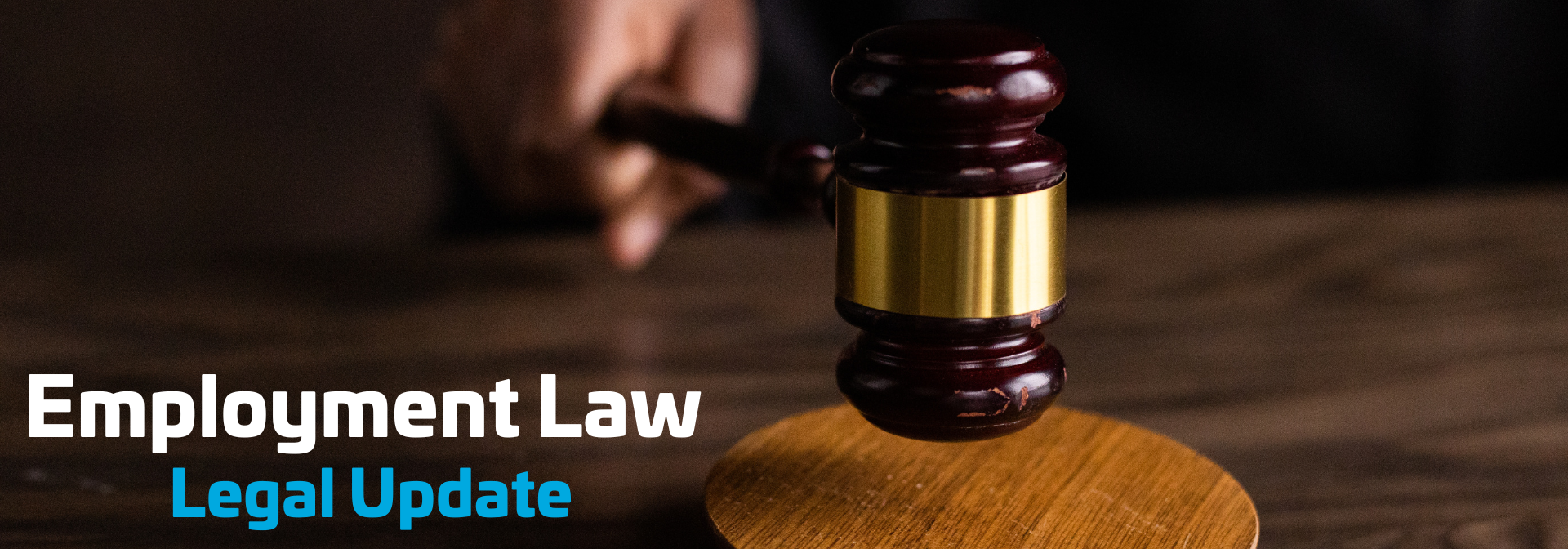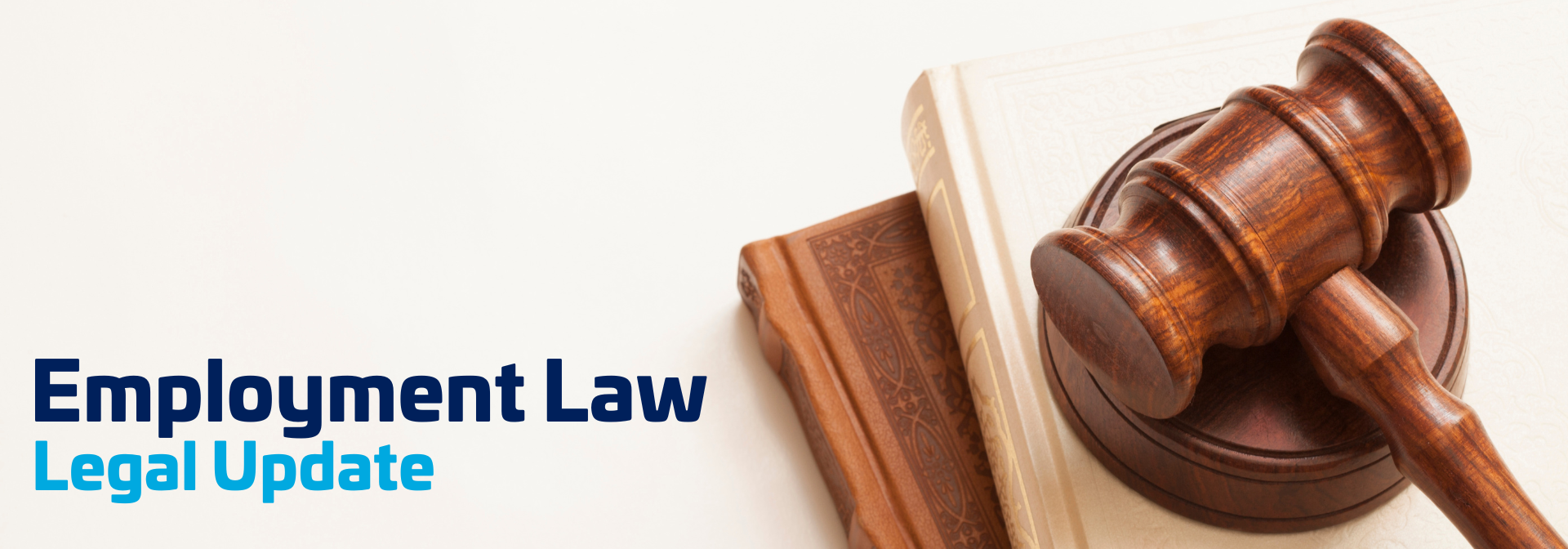
Navigating Complex Employment Decisions: The Huw Edwards Case and Employer Responsibilities
Huw Edwards, a well-known BBC presenter, recently pleaded guilty to making indecent images of children. This follows allegations made in May 2023. The BBC is now under intense scrutiny for its decision to suspend Edwards with pay between November 2023 and April 2024, despite knowing of his arrest for serious offenses in November 2023. Edwards eventually resigned in April 2024 on medical grounds.
Following his guilty plea, the BBC stated, “If at any point during the period Mr. Edwards was employed by the BBC he had been charged, the BBC had determined it would act immediately to dismiss him. In the end, at the point of charge he was no longer an employee of the BBC.”
The BBC further explained, “At the time, November 2023, no charges had been brought against Edwards and the BBC had also been made aware of significant risk to his health.”
Although the BBC acted within the law by not dismissing Edwards in November 2023, given the nature of the allegations, many believe their decision was ill-judged. When an employee is arrested but not charged, employers face a difficult balancing act, weighing their duty of care to the employee, colleagues, third parties, and potential reputational damage.
There is no automatic right for an employer to dismiss an employee based on arrest, nor for reputational reasons if an employee is charged with a criminal offense. Employers must conduct a reasonable assessment of the facts and circumstances.
When an employee is accused of or arrested for a non-work-related matter, employers should:
- Evaluate the credibility and reliability of the information they receive about the alleged conduct. This includes verifying the details of the arrest or charge and understanding the context. If there is a decision to prosecute, this generally indicates a higher level of credibility to the allegations.
- Act reasonably under the circumstances. This involves conducting their own inquiries to ascertain the facts surrounding the allegations. They should not rely solely on external reports but must seek a balanced view by gathering information from the employee and other relevant sources.
- Consider whether the alleged offense is directly related to the employee’s duties. For example, an employee arrested for a driving offense who is required to drive as part of their job may pose a higher risk to the business. In contrast, if the offense is unrelated to their job functions, the implications might be different.
- Assess the potential impact on the organisation’s reputation. High-profile cases, especially those involving serious charges, can attract media attention and public scrutiny, potentially damaging the company’s image. Employers must weigh this risk carefully.
- Evaluate whether there are viable alternatives to dismissal, such as suspension, reassignment to a different role, or placing the employee on paid leave. Employers should consider if these measures can mitigate risks while the legal process unfolds.
- Consider the financial implications of both suspension and dismissal. Suspension may involve continuing to pay the employee’s salary without them contributing to the business, while dismissal might lead to legal challenges and associated costs. Employers must weigh these costs against the potential risks and benefits.
So, what action should be taken?
- Suspension should not be an automatic response. Employers need reasonable cause to suspend, such as a clear risk to the business by the employee remaining at work. During suspension, the employee should receive their full salary.
- Engage in a dialogue with the employee to understand their perspective and the issues at hand. This can help employers assess the risks more accurately and determine the appropriate course of action. Further investigation and potential disciplinary action may follow, depending on the findings.
- If dismissal is a consideration, inform the employee in advance and allow them to participate in the disciplinary process. This ensures transparency and fairness, giving the employee an opportunity to present their side of the story.
- Employers must ensure that dismissal is genuinely the last resort. They should follow a fair and transparent process, informing the employees of the procedures and encouraging their participation. This helps mitigate potential claims for unfair dismissal.
If an employee is convicted, dismissal may be justified. For crimes unrelated to employment, where the employee is remanded in custody and cannot attend work, employers should follow a fair procedure to terminate employment for substantial business reasons rather than disciplinary ones.
Employers must navigate complex legal and ethical considerations when dealing with employees facing criminal charges. The Huw Edwards case and similar precedents highlight the importance of conducting thorough investigations, engaging in transparent communication, and exploring all alternatives before deciding on dismissal. By balancing duty of care with reputational concerns and following fair procedures, employers can make informed and justifiable decisions in challenging situations. This careful approach not only helps protect the organisation but also upholds the principles of fairness and justice in the workplace.







